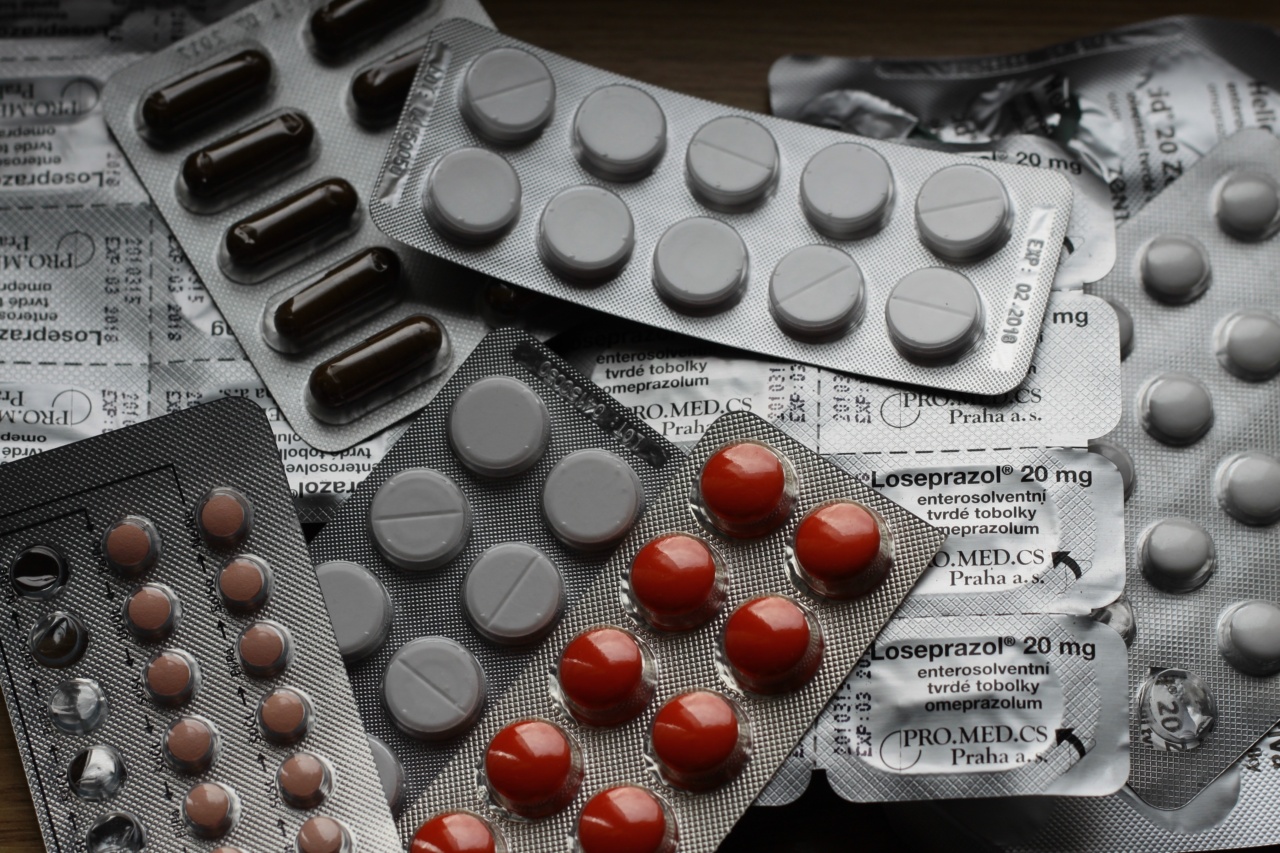Midsection pain can be caused by a variety of factors, including muscular strains, digestive problems, and more serious medical conditions.
While some people choose to manage their pain with prescription or over-the-counter drugs, many treatments for midsection pain are available that do not involve drugs. In this article, we’ll explore the common causes of midsection pain and discuss several drug-free treatments that may provide relief.
Causes of Midsection Pain
Midsection pain can be caused by a variety of factors. Let’s take a closer look at some of the most common:.
Muscular Strains
Muscular strains are a common cause of midsection pain. These strains can be caused by overuse, poor posture, or sudden movements.
Common symptoms of muscular strains include pain and discomfort in the affected area, as well as stiffness and difficulty moving.
Digestive Problems
Several digestive problems can cause midsection pain. These include indigestion, acid reflux, and constipation. These conditions can cause a range of symptoms, including pain, discomfort, bloating, and nausea.
Kidney Stones
Kidney stones are small, hard deposits that form in the kidneys. When these stones move through the urinary tract, they can cause severe pain in the midsection.
Other symptoms of kidney stones may include urinary urgency, difficulty urinating, and bloody urine.
Gallbladder Disease
The gallbladder is a small organ that stores bile, a fluid that aids in digestion. When the gallbladder becomes inflamed or blocked, it can cause midsection pain.
Common symptoms of gallbladder disease include nausea, vomiting, and pain in the upper right side of the abdomen.
Endometriosis
Endometriosis is a condition in which the tissue that normally lines the uterus grows outside of it. This can cause severe pain in the midsection, especially during menstruation.
Other symptoms of endometriosis may include heavy menstrual bleeding, infertility, and fatigue.
Treatments for Midsection Pain
There are several treatments available for midsection pain that do not involve drugs. Here are some options to consider:.
Hot and Cold Therapy
Hot and cold therapy can be effective in reducing midsection pain. Applying a warm compress can help to increase blood flow and relax muscles, while a cold compress can reduce inflammation and numb the affected area.
It’s important to alternate between hot and cold therapy for best results.
Massage
Massage can help to reduce midsection pain by relaxing tense muscles and increasing blood flow.
A trained massage therapist can use a variety of techniques to address the specific cause of your pain, whether it’s a muscular strain or a digestive problem.
Exercise and Stretching
Exercise and stretching can help to strengthen muscles and improve flexibility, reducing midsection pain.
Cardiovascular exercise such as walking, swimming, or cycling can also improve overall health and reduce stress, which can contribute to discomfort in the midsection. Pilates and yoga are also great options for strengthening the core muscles.
Nutrition and Hydration
Eating a balanced diet and staying hydrated can help to reduce midsection pain caused by digestive problems such as constipation or acid reflux.
Avoiding trigger foods and beverages, such as caffeine, alcohol, and spicy or fried foods, can also provide relief.
Aromatherapy
Aromatherapy involves the use of essential oils to reduce pain and promote relaxation. Some oils may be particularly helpful in treating midsection pain, such as peppermint oil for digestive problems and lavender oil for stress relief.
Conclusion
Midsection pain can be caused by a variety of factors, from muscular strains to more serious medical conditions. While drugs can be effective in reducing pain, many drug-free treatments are available that may provide relief.
Whether it’s hot and cold therapy, massage, exercise, nutrition, or aromatherapy, there are plenty of options to explore. By working with a healthcare provider to determine the underlying cause of your midsection pain, you can find a treatment plan that works for you.































